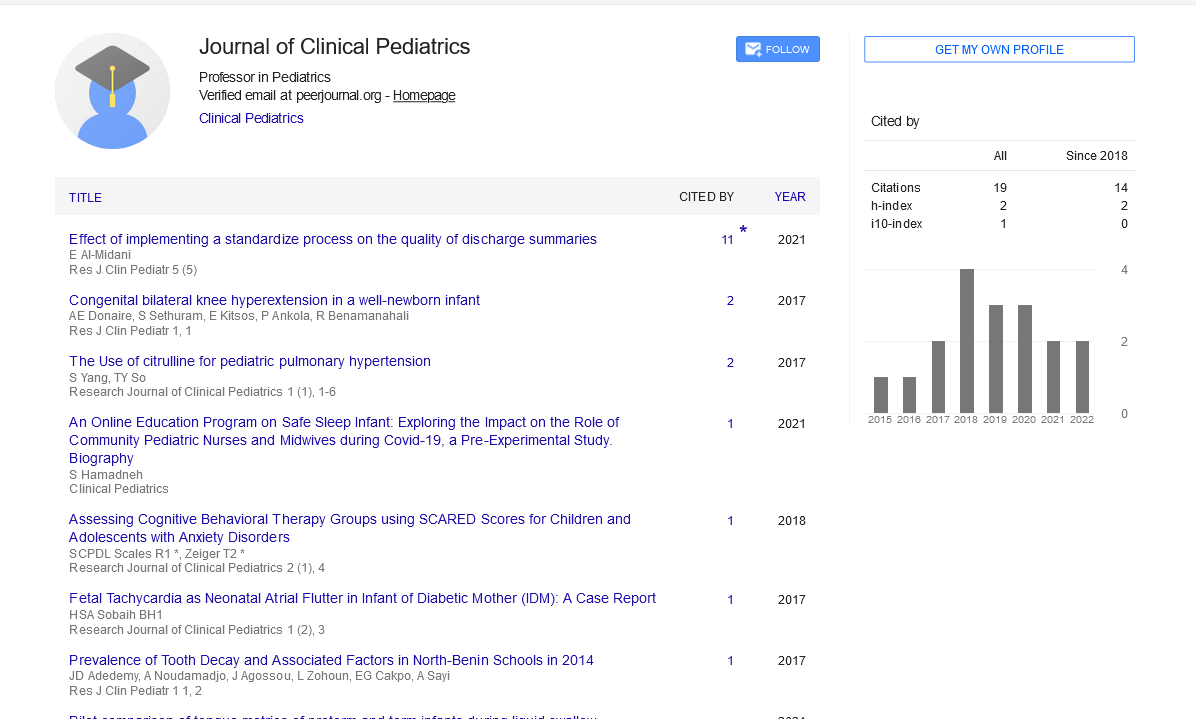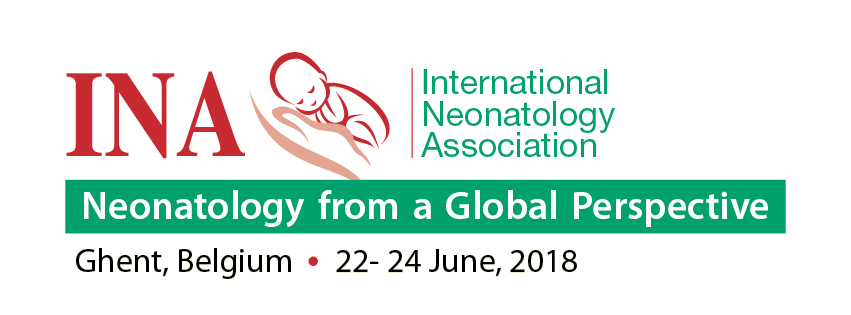Short Communication, Res J Clin Pediatr Vol: 5 Issue: 6
Pilot comparison of tongue metrics of preterm and term infants during liquid swallow
Gilson J. Capilouto *
*Corresponding Author:Gilson J. Capilouto
University of Kentucky, USA
Abstract
The lingual musculature contributes significantly to the coordinated suck, swallow and breathe required for independent infant feeding. However, clinical benchmarks of lingual function fundamental to feeding are unexplored. The aims of the current study were to compare: (1) tongue muscle force during nutritive and nonnutritive sucking for a cohort of healthy full term (FT) infants and healthy preterm (PT) infants; and, (2) mean values of posterior tongue thickness between the two cohorts. Our primary measures of interest were nonnutritive (NNS) and nutritive (NS) tongue force and posterior tongue thickness; secondary measures of interest were nonnutritive and nutritive sucking frequency. Muscle force data was collected using a custom fabricated pacifier and flow-through nipple. Muscle thickness was estimated from measures of posterior tongue thickness using ultrasonography. We found clinically significant differences in mean tongue force and frequency during NNS between the two groups; NNS tongue force and suck frequency was greater for FT infants compared to PT, after adjusting for weight and age at exam. A statistically significant difference in NS tongue force was also found; PT infants demonstrated significantly lower NS force as compared to FT infants. No significant difference in NS frequency between cohorts was found. Results also indicated clinically significant differences in mean posterior tongue thickness. PT infants were found to have smaller mean tongue thickness as compared to FT after adjusting for age and weight at exam. Post-hoc linear regression indicated that posterior tongue thickness may be a more significant predictor of NS force than postmenstrual age.
Keywords: tongue metrics
Biography
Gilson Capilouto is an associate professor in the Department of Rehabilitation Sciences at the University of Kentucky. She has lectured and practiced extensively in the area of infant and pediatric feeding. Her current research focus includes development of an instrument to facilitate decisions regarding readiness to feed in fragile infants.
 Spanish
Spanish  Chinese
Chinese  Russian
Russian  German
German  French
French  Japanese
Japanese  Portuguese
Portuguese  Hindi
Hindi 
